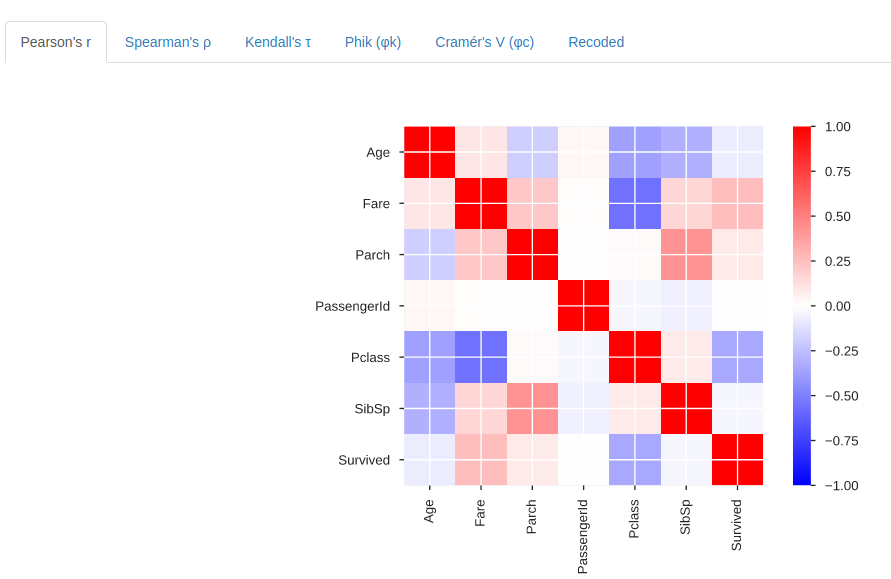

The class connection encapsulates a database session. The function connect() creates a new database session and commit () # Close communication with the database > cur. fetchone () (1, 100, "abc'def") # Make the changes to the database persistent > conn.

( 100, "abc'def" )) # Query the database and obtain data as Python objects > cur. execute ( "INSERT INTO test (num, data) VALUES ( %s, %s )".
#MAPPING PANDAS DATA TYPES TO REDSHIFT DATA TYPES SERIAL#
execute ( "CREATE TABLE test (id serial PRIMARY KEY, num integer, data varchar) " ) # Pass data to fill a query placeholders and let Psycopg perform # the correct conversion (no more SQL injections!) > cur. cursor () # Execute a command: this creates a new table > cur. connect ( "dbname=test user=postgres" ) # Open a cursor to perform database operations > cur = conn. The Avro struct type maps to Hive's struct type.> import psycopg2 # Connect to an existing database > conn = psycopg2. The top-level record consists of four fields. Selecting all fields from the table: val row = sc.sql("SELECT * from users").collect()(0) // Row for 'alice'Īssert(row.get(2).asInstanceOf(0) = "seattle")Īssert(row.get(2).asInstanceOf(1) = "wa") Selecting the first column and the column containing a struct: spark.sql("SELECT uid, address from users").show() This request flattens the nested type: spark.sql("SELECT uid, address.city from users").show() Selecting the first column and a subfield of the struct. Recall the type of the uid field is BIGINT. Selecting the first column: spark.sql("SELECT uid from users").show() Returning a record count: spark.sql("SELECT count(*) from users").show() Note: in EMR (or any ODAP configuration that uses an external Hive Metastore), you can omit this step and just write queries against db.table.) Some representative queries on the users table include:Ĭreating an ephemeral table: spark.sql(s""" ODAS support for struct types aligns with Spark's record type. Note: This example omits the authentication headers for brevity. Say there is an avro-json.json file that includes the following elements: The ODAS engine can also read an Avro schema that has been embedded in a JSON object.

ODAS assumes the given Avro path will point to a well-formed Avro JSON schema. The ODAS engine can however handle these cases transparently when they are read from an Avro schema file. * Some valid Avro artifacts, such as an empty struct, have no analog in HiveQL. Reading from a schema file will avoid this potential confusion. * If a field name is typed incorrectly in HiveQL, the engine can only infer a new field is being declared, resulting in a schema change instead of an error. Any attempt to paste such a schema into a CREATE statement would fail and report the field is too long. * It is the only option for large, detailed schema, in particular any schema that contains a struct whose serialized values exceed 4kb. * It is less error-prone than typing or a cut-and-paste operation. Using CREATE VIEW with complex type subfieldsĪdvanced querying of Relational Data SourcesĬREATE EXTERNAL TABLE users LIKE AVRO 's3://path/to/schemas/users.avsc' LOCATION 's3://okera/rs-complex-users/' Using a CREATE DDL statement with Avro-formatted JSON dataĬreating a DDL with file-based Avro schema


 0 kommentar(er)
0 kommentar(er)
